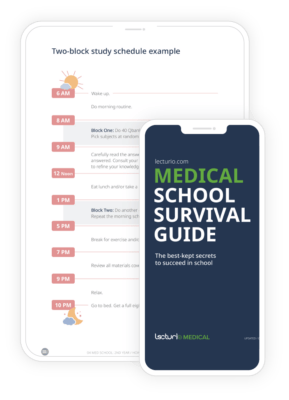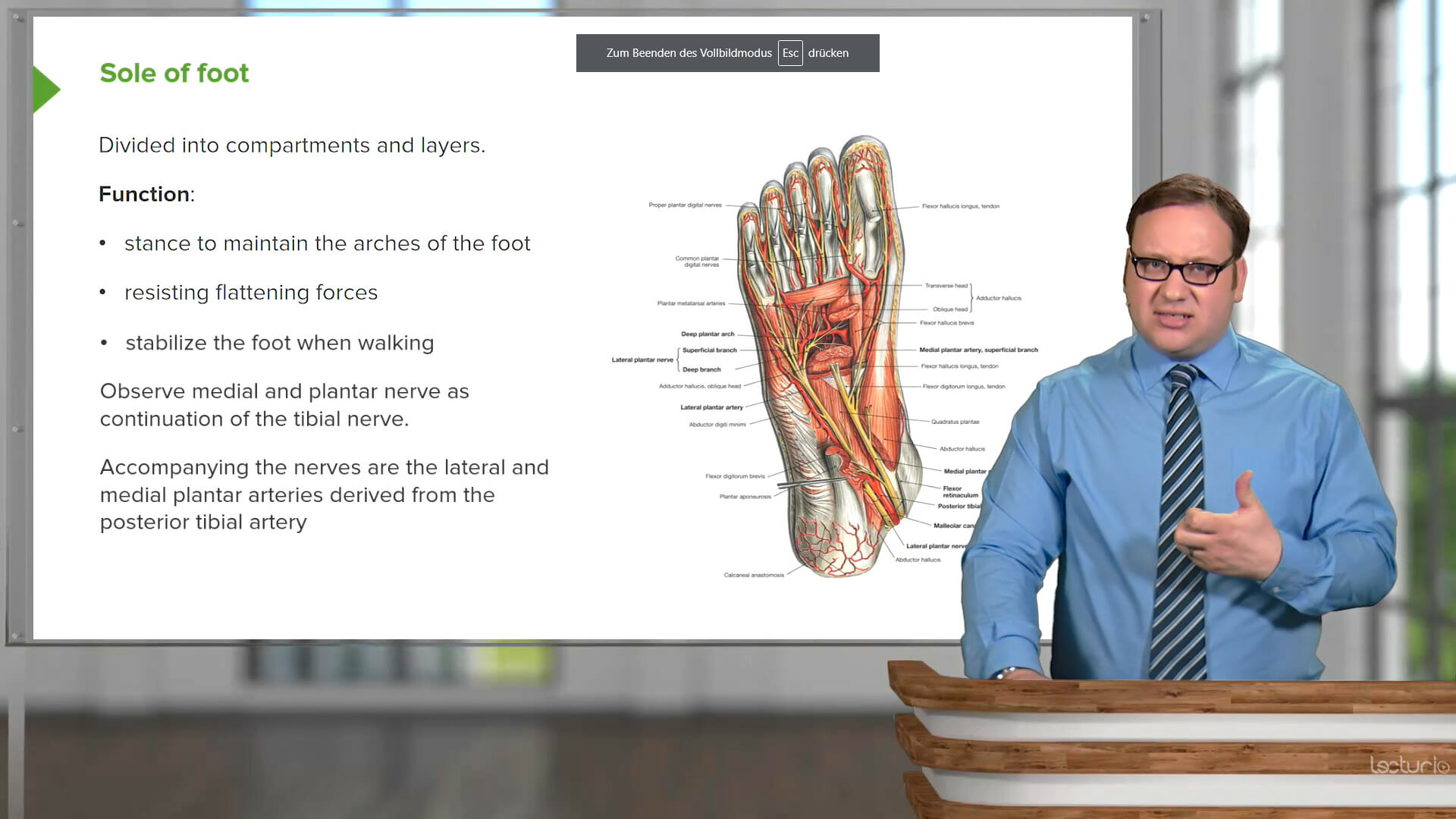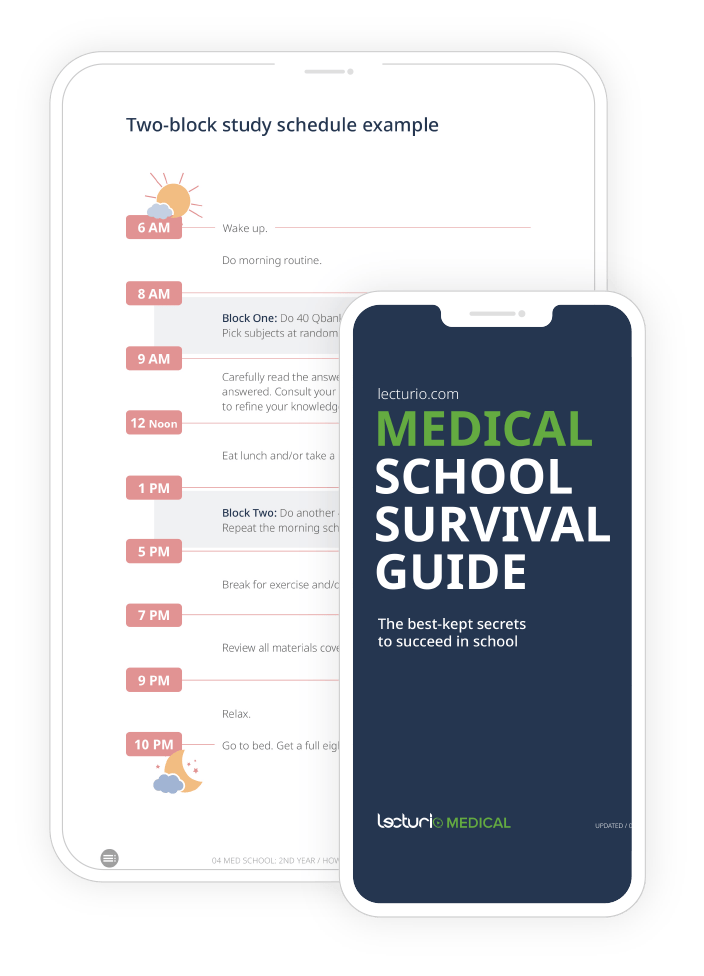Choosing the right medical university in Malaysia is a major decision for aspiring doctors. Competition for places is fierce, and understanding the landscape of medical colleges in Malaysia is crucial. This guide offers a detailed look at the leading institutions, focusing on key factors like academic reputation, clinical training opportunities through hospital affiliations, and the significant factor of tuition fees.
Malaysia offers a mix of public (IPTA – Institusi Pengajian Tinggi Awam) and private (IPTS – Institusi Pengajian Tinggi Swasta) medical schools. While this guide ranks the top 10 overall, understanding the distinction is vital as it heavily influences cost, entry requirements, and available resources. The following sections outline the top 10 medical universities in Malaysia, providing insights to help prospective students make informed choices.
Why Tuition Fees Are A Key Consideration In Malaysia
The cost of medical education varies dramatically between public and private institutions in Malaysia:
- Public Universities (IPTA): These are heavily subsidized by the government for Malaysian citizens. Annual tuition fees for the MBBS program can be very affordable, often ranging from RM 20,000 to RM 30,000 (approx. $4,200 – $6,300 USD) per year. Admission is highly competitive, based on excellent pre-university results (like STPM, Matriculation, or equivalent) and often interviews.
- Private Universities (IPTS): These institutions rely on tuition fees and typically offer modern facilities, international partnerships, and sometimes different curriculum styles. Annual tuition fees are significantly higher, generally ranging from RM 60,000 (approx. $12,700 USD) to over RM 110,000 (approx. $23,300 USD) per year. Some international branch campuses can be even more expensive.
This ranking includes leading universities from both sectors, as the “best medical university in Malaysia” depends on individual priorities like budget, location, and specific program features.
Understanding “Success Rate” In The Malaysian Context
Direct, comparable statistics for MBBS final year pass rates across all Malaysian medical schools are not readily published by regulatory bodies like the Malaysian Medical Council (MMC). However, several factors serve as strong indicators of a medical school in Malaysia‘s quality and the likely success of its graduates:
- MMC Accreditation: Ensuring the program is fully accredited by the Malaysian Medical Council is the baseline requirement for graduates to be eligible for housemanship and registration.
- Postgraduate Pathways: The ability of graduates to secure housemanship positions (compulsory rotating internship) promptly and subsequently enter competitive postgraduate specialization programs in Malaysia or abroad is a key indicator.
- International Recognition: Recognition by bodies like the World Directory of Medical Schools (WDOMS) allows graduates to pursue opportunities overseas, reflecting the program’s adherence to global standards.
- Alumni Network & Reputation: Established universities with strong alumni networks often indicate a history of producing competent and successful medical professionals.
Top 10 Medical Universities In Malaysia (Overall Ranking)
This list is compiled based on factors including recognition by the Malaysian Medical Council (MMC), international rankings (like QS World University Rankings by Subject: Medicine), historical reputation, quality of hospital affiliations, and faculty resources. Fee data is approximate for the 2024/2025 academic year and requires verification directly with the universities as it changes frequently.
| University Name | Location | Type | Approx. Annual MBBS Tuition (RM) – Malaysian Citizen |
| Universiti Malaya (UM) | Kuala Lumpur | Public | ~ 100,000 |
| Universiti Kebangsaan Malaysia (UKM) | Bangi, Selangor | Public | ~ 15,000 – 30,000 |
| Universiti Sains Malaysia (USM) | Kubang Kerian, Kelantan | Public | ~ 84,000 |
| International Medical University (IMU) | Kuala Lumpur | Private | ~ 134,500 |
| Universiti Putra Malaysia (UPM) | Serdang, Selangor | Public | Unclear |
| Monash University Malaysia | Subang Jaya, Selangor | Private (Intl. Branch) | ~ 117,600 |
| Taylor’s University | Subang Jaya, Selangor | Private | ~ 86,928 |
| Universiti Teknologi MARA (UiTM) | Sungai Buloh, Selangor | Public | ~ 12,500 – 20,000 |
| Newcastle University Medicine Malaysia (NUMed) | Iskandar Puteri, Johor | Private (Intl. Branch) | ~ 100,600 – 126,500 |
| Universiti Sains Islam Malaysia (USIM) | Nilai, Negeri Sembilan | Public | ~ 30,000 – 35,000 |
Profiles Of Top Medical Universities In Malaysia
Here’s a closer look at why these institutions rank among the best medical universities in Malaysia:
1. Universiti Malaya (UM)

Website: https://www.um.edu.my/
Approx. Annual Tuition: ~ RM 100,000
Scholarship options: Yes
Why it’s a Top Choice: UM consistently ranks as the top university in Malaysia overall and its Faculty of Medicine is highly prestigious, both locally and internationally (often appearing in the top 100-150 globally by subject rankings). It boasts a long history (dating back to 1905), strong research output, and excellent clinical training facilities through its affiliation with the University Malaya Medical Centre (UMMC), a major teaching hospital. Admission is extremely competitive.
2. Universiti Kebangsaan Malaysia (UKM)

Website: https://www.ukm.my/portalukm/
Approx. Annual Tuition: ~ RM 15,000 – 30,000
Scholarship options: Yes
- Why it’s a Top Choice: UKM’s Faculty of Medicine is another leading public institution with a strong reputation for comprehensive medical training and research. It operates its own teaching hospital, Hospital Canselor Tuanku Muhriz UKM (HCTM), providing extensive hands-on clinical experience. UKM is known for its commitment to producing doctors who serve national healthcare needs and has strong postgraduate programs.
3. Universiti Sains Malaysia (USM)
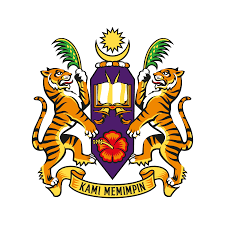
Website: https://www.usm.my/en/
Approx. Annual Tuition: ~ RM 84,000
Scholarship options: Yes
Why it’s a Top Choice: Located on the Health Campus in Kelantan, USM’s School of Medical Sciences offers a well-regarded MBBS program. It is affiliated with Hospital Universiti Sains Malaysia (HUSM), a major referral hospital for the East Coast region of Peninsular Malaysia. USM is known for its research focus and community-oriented medical education approach, preparing graduates for diverse practice environments.
4. International Medical University (IMU)

Website: https://imu.edu.my/
Approx. Annual Tuition: ~ RM 134,500
Scholarship options: Yes
Why it’s a Top Choice: IMU is Malaysia’s first and most established private medical and health sciences university. It offers a unique model where students can complete the entire MBBS locally or transfer to one of its numerous international partner universities (in Australia, UK, Ireland, Canada) after 2.5 years. This flexibility, along with its strong curriculum and modern facilities, makes it a popular choice despite the higher private fees.
5. Universiti Putra Malaysia (UPM)
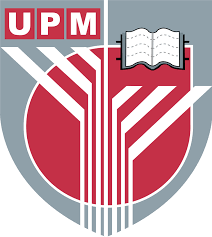
Website: https://www.upm.edu.my/
Approx. Annual Tuition: ~ RM 134,500
Scholarship options: Yes
Why it’s a Top Choice: UPM’s Faculty of Medicine and Health Sciences offers a respected MBBS program known for its strong scientific foundation (leveraging UPM’s background as an agricultural and research university). Clinical training is primarily conducted at Hospital Pengajar UPM (UPM’s teaching hospital) and various government hospitals like Hospital Serdang and Hospital Putrajaya, providing broad exposure.
6. Monash University Malaysia

Website: https://www.monash.edu.my/
Approx. Annual Tuition: ~ RM 117,600
Scholarship options: Yes
Why it’s a Top Choice: As a branch campus of a renowned Australian university, Monash Malaysia offers a globally recognized medical degree taught entirely in Malaysia. It follows the same curriculum and standards as the Australian campus. Clinical training occurs at the Clinical School in Johor Bahru and associated hospitals. It’s an excellent option for those seeking an international qualification without leaving Malaysia, though fees reflect its international status.
7. Taylor’s University

Website: https://university.taylors.edu.my/en.html
Approx. Annual Tuition: ~ RM 86,928
Scholarship options: Yes
Why it’s a Top Choice: Taylor’s School of Medicine offers a modern, integrated MBBS curriculum delivered in state-of-the-art facilities. Clinical training takes place at designated government hospitals, including Hospital Sungai Buloh. Taylor’s emphasizes technology in learning and early clinical exposure, making it a strong contender among the newer private medical schools.
8. Universiti Teknologi MARA (UiTM)

Website: https://bendahari.uitm.edu.my/
Approx. Annual Tuition (Bumiputera only): ~ RM 12,500 – 20,000
Scholarship options: Yes
UiTM’s Faculty of Medicine provides medical education exclusively for Bumiputera students. It has well-equipped campuses (including Sungai Buloh) and utilizes its own teaching hospital (Hospital UiTM) as well as other government hospitals for clinical training. It plays a significant role in increasing Bumiputera representation in the medical profession.
9. Newcastle University Medicine Malaysia (NUMed)

Website: https://www.ncl.ac.uk/numed/
Approx. Annual Tuition: ~ RM 100,600 – 126,500
Scholarship options: Yes
Why it’s a Top Choice: NUMed is the international branch campus of Newcastle University, UK, offering its renowned MBBS program in Malaysia. Graduates receive a UK medical degree. The curriculum and assessments mirror those in the UK, providing high-quality, internationally benchmarked medical education. Clinical training happens at Malaysian government hospitals in and around Johor.
10. Universiti Sains Islam Malaysia (USIM)

Website: https://www.usim.edu.my/
Approx. Annual Tuition (Malaysian): ~ RM 30,000 – 35,000
Scholarship options: Yes
USIM’s Faculty of Medicine and Health Sciences integrates medical knowledge with Islamic values. It offers an MBBS program with this unique perspective. Clinical training is conducted at affiliated government hospitals. It appeals to students seeking a medical education within an Islamic framework while adhering to MMC standards.
Frequently Asked Questions (FAQs)
Q: What are the main entrance requirements for medical school in Malaysia?
A: Generally, requirements include excellent results in pre-university qualifications like STPM, A-Levels, Matriculation, Foundation in Science, or equivalent (with high grades in Biology, Chemistry, and either Physics or Mathematics). Minimum SPM/O-Level results are also considered. Many universities, especially private ones, also require applicants to pass interviews or entrance tests.
Q: Which is the No 1 medical university in Malaysia?
A: Universiti Malaya (UM) is consistently ranked as the top medical university in Malaysia by major international ranking organizations like QS World University Rankings.
Q: Are medical schools in Malaysia expensive?
A: Public universities (IPTAs) offer highly subsidized and affordable fees for Malaysian citizens. Private universities (IPTS) and international branch campuses have significantly higher tuition fees, which can range from moderate to very expensive, though often still competitive compared to studying medicine in countries like the US, UK, or Australia.
Q: What is the role of the Malaysian Medical Council (MMC)?
A: The Malaysian Medical Council (MMC) is the regulatory body responsible for ensuring the standards of medical education and practice in Malaysia. It accredits medical programs, registers medical practitioners, and oversees professional conduct. Graduation from an MMC-accredited program is necessary to practice medicine in Malaysia.
Disclaimer: Tuition fees are subject to change annually and vary based on nationality (Malaysian vs. International) and specific program intakes. This blog post provides approximate figures primarily for Malaysian citizens based on available 2024/2025 data. Always consult the university’s official website or admissions office for the most current and accurate fee structure and admission requirements.

